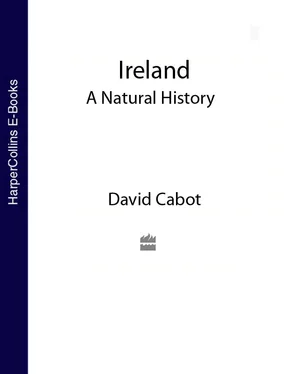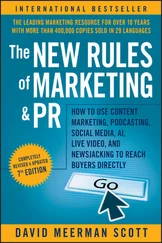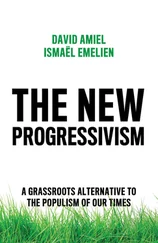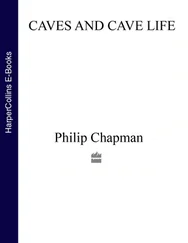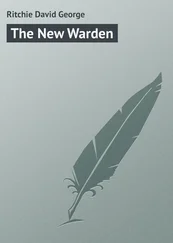‘Illic [in Hibernia] nullus anguis, avis rara, gens inhospita et bellicosa. ’
‘In that land there are no snakes, birds are few and the people are inhospitable and war-like.’
Gerard Boate: Irelands Naturall History 1652
Irelands Naturall History was the first regional natural history in the English language, written essentially for the benefit of adventurers and planters who were thinking of settling in Ireland during the mid-seventeenth century. Its compiler and author was a Dutchman by the name of Gerald Boate (1604–49). He and his brother Arnold were involved with the formation in the summer of 1646 of the Invisible College, a body of Anglo-Irish intellectuals revolving around the Boyle family of Lismore Castle, Co. Cork. The formation of the College was initiated in London by the scientist Benjamin Worsley and his brilliant 19 year-old intellectual friend Robert Boyle as a means to propagate their conception of experimental philosophy amongst their immediate friends and colleagues. These included the Boates and Samuel Hartlib, a Pole and puritan intellectual resident in London – later the publisher of Irelands Naturall History , 24Gerard Boate was a physician and he attended to the health of Robert Boyle and his sister Katherine, later Lady Ranelagh, herself a patron and driving force behind the Invisible College. 24The Boates were anti-authoritarian both in natural philosophy and medicine (they had several conflicts with the College of Physicians) and were keen supporters of Baconian natural history – both good recommendations for membership of the Invisible College.
Title page of the first edition of Boate’s Irelands Naturall History (1652).
The College played an important role in ushering into Ireland the new natural philosophy that was arising in Europe in the wake of work by Galileo, Mersenne and Descartes. 25It was an assembly of ‘learned and curious gentlemen, who after breaking out of the civil wars, in order to divert themselves from those melancholy scenes, applied themselves to experimental inquiries, and the study of nature, which was then called the new philosophy, and at length gave birth to the Royal Society.’ 26The Royal Society was formed in London during 1662.
Gerard Boate, a medical graduate of Leyden University, Holland, settled in London in 1630 where he was appointed Royal Physician to King Charles I. He subscribed to the fund established for the reduction of the Irish in Ireland, opened to the Dutch by a special Act of Parliament in 1642. He invested £180 in expectation of a reward of 847 acres in Co. Tipperary. 27That was about the time that Boate the physician became Boate the promoter of Ireland, working entirely from England: he ‘begun to write that work at the beginning of the year of our Lord 1645 and made an end of it long before the end of the same year: wheras he went not to Ireland untill the latter end of the year 1649’ as explained by his brother Arnold in the section in Irelands Naturall History entitled ‘To the Reader’. In 1647 Boate was appointed physician to the Army of Ireland but was unable for unknown reasons to take up his position until 1649. 28He died a few months after arriving in Dublin and his widow was left to claim the grant to the lands in Tipperary. Gerard’s manuscript was published by Samuel Hartlib in 1652.
Most of the knowledge in the book came from Arnold Boate, who had spent eight years in Ireland as Physician-General to the Army in Leinster, during which time he had gathered a large amount of information about the country. Much of it was probably obtained from surveyors, judging by the amount of topographic material in the book, especially concerning the coastline. Arnold ‘made very many journeys into the countrie and by meanes therof saw a great part of it, especially the provinces of Leinster and Ulster’. Before Gerard started writing the book Arnold went to London to spend six months with him ‘reasoning about Ireland … chiefly about the Natural History of the same’. Gerard set down what he heard and then conferred afterwards with various gentlemen including the Irish scientists William and Richard Parsons, who were exiles in London because of civil unrest in the colony. It is thought that the Parsons contributed a lot of the information, especially on geology and minerals.
The approach adopted by Boate in his book was one of scientific pragmatism, following the Baconian New Philosophy of utilitarianism which advocated taking advantage of the accumulated experience of artisans, gardeners, husbandmen, etc., to compile exhaustive ‘Histories of Trade and Nature’. Because of this new method, Irelands Naturall History was a major triumph over the antiquarian, anecdotal and chorographical tradition embodied in previous descriptive texts. The chorographical approach was not much more than a bare listing of natural history features whereas the artisans and others drew upon many years of practical management of the environment and were wont to make enlightening comments. Most of their statements were based on observation and in many cases verifiable facts – sometimes through scientific experimentation. The book went a long way to remedying many of the ‘chief defects for which the Truths of Naturall Philosophie and the products thereof….are so imperfectly known’. 29Regrettably, Gerald Boate’s plan to write a threefold sequel dealing with plants, other living creatures, and ‘old Fashions, Lawes and customs’ never came about because of his premature death.
Irelands Naturall History is divided into 25 chapters and written in a direct, unconvoluted style. After describing the situation and shape of Ireland, Boate turns to the provinces, the counties of the English Pale (an area around Dublin bounded by a palisade, to keep out the ‘barbarous’ Irish) and the principal cities and towns of Ireland. Almost one third of the book is devoted to a very detailed descriptive analysis of the coastline – its headlands, bays, sandbanks, harbours and anchorages. In this part Boate reveals himself as one of the earliest geomorphologists, with an interest in the coastal erosion produced by wave action. He was also clearly following Bacon’s advocacy that information should be gathered about the ebb and flow of the sea, currents, salinity, subterranean features, etc. Minerals and mining receive much attention, while the property of Lough Neagh’s waters to turn wood into stone was personally investigated by Arnold Boate (see here).
It was the bogs that fascinated Gerard, especially their potential for agricultural development. He thought they were of recent origin, only requiring drainage to make them available to agriculture – for pasture or good tillage land. He provided the first classification of bogs which were arranged as ‘grassy, watry, muddy and hassocky’. He thought that very few of the wet bogs were a ‘natural property or of a primitive constitution’ but arose through superfluous moisture gathering over time, arising from springs that had no easy run off for their water. The result was ‘rottenness and springiness, which nevertheless is not a little increased through the rain water coming to that of the Springs’.
The lack of woodland over the greater part of Ireland was noted by Boate who quotes that the area between Dublin, Drogheda, Dundalk, Newry, and as far as Dromore was bereft of woodlands ‘worth speaking of’ and without a single tree in most parts. Some great woods still persisted in Kerry and Tipperary, despite the depredations of the Earl of Cork, a well-known enemy of anything leafy and tall. The country had been well stocked with woods at the time of the Norman invasions:
‘In ancient times, and as long as the land was in the full possession of the Irish themselves, all Ireland was very full of woods on every side, as evidently appeareth by the writings of Giraldus Cambrensis…. But the English having settled themselves in the land, did by degrees greatly diminish the woods in all places where they were masters, partly to deprive the thieves and rogues, who used to lurk in the woods in great numbers, of their refuge and starting-holes, and partly to gain the greater scope of profitable lands. For the trees being cut down, the roots stubbed up, and the land used and tilled according to exigency, the woods in most places of Ireland may be reduced not only to very good pastures, but also to excellent arable and meadow.’
Читать дальше
